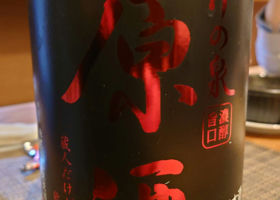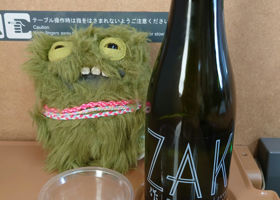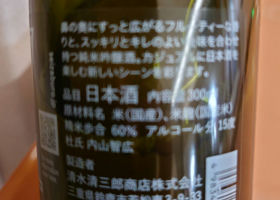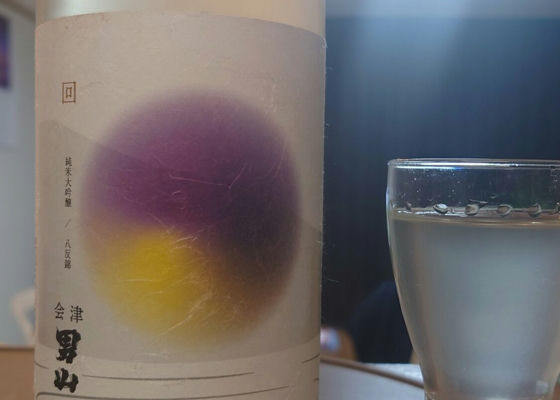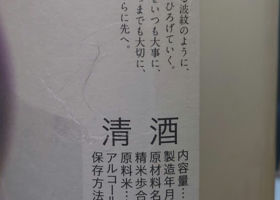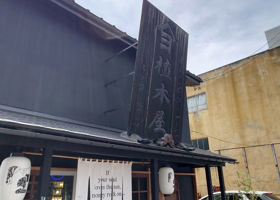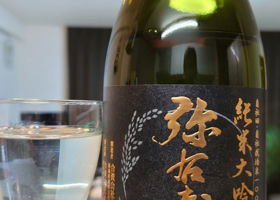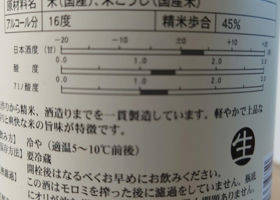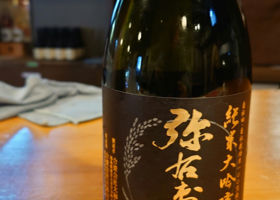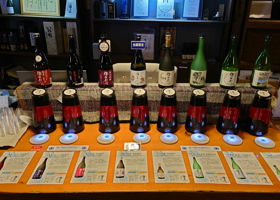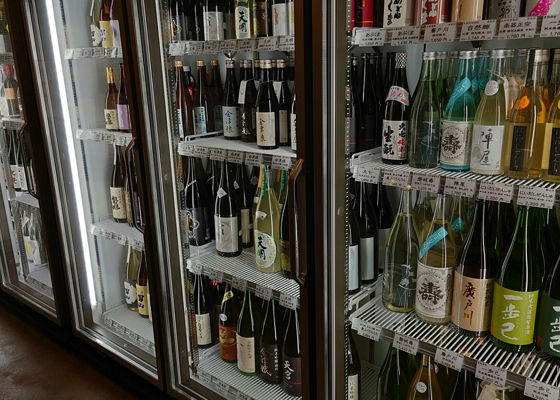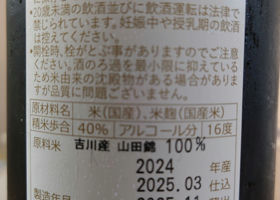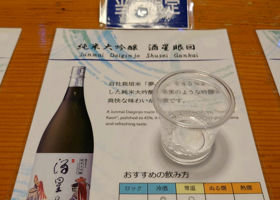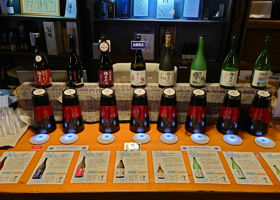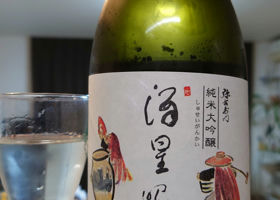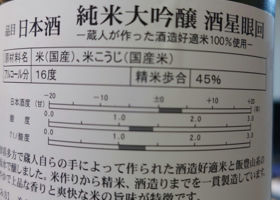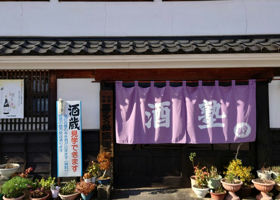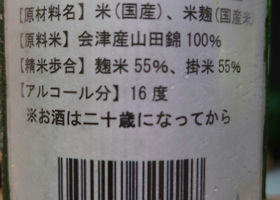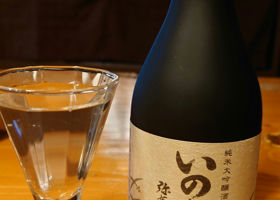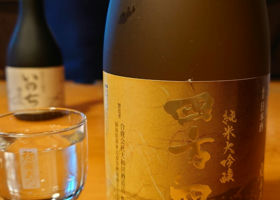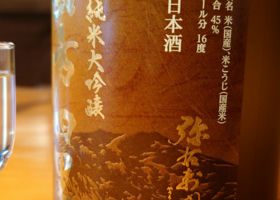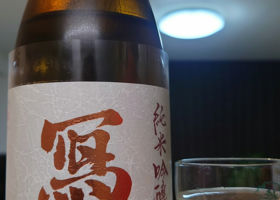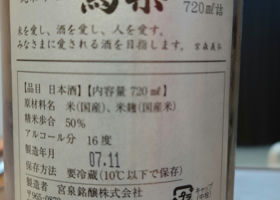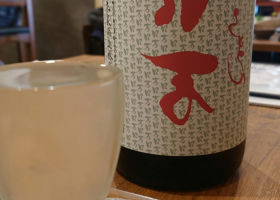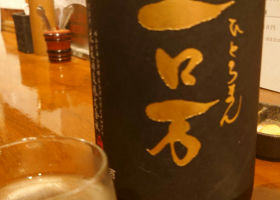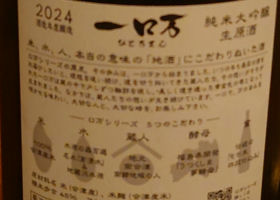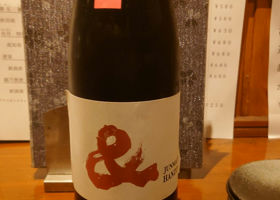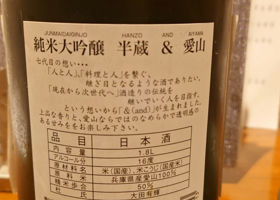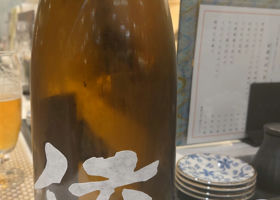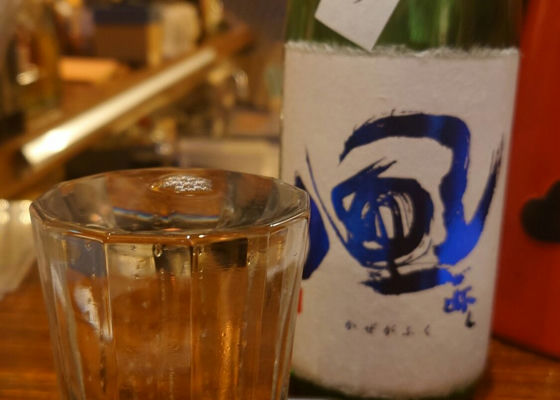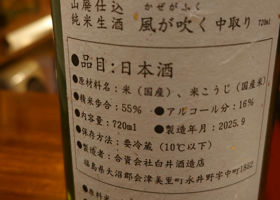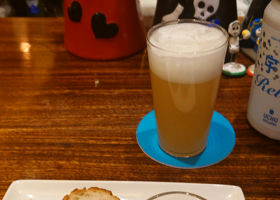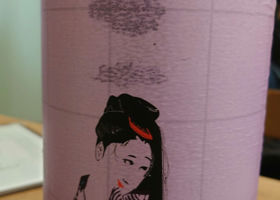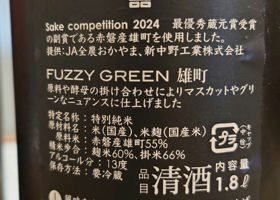
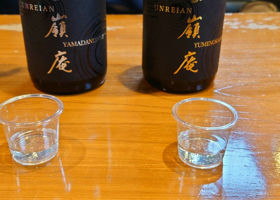
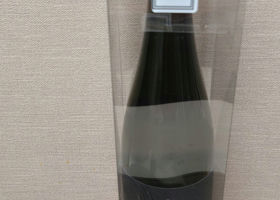
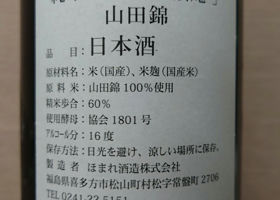
ももこ
Ingredients Rice, Rice malt
Rice polishing ratio 60
Rice used: Yamadanishiki
Alcohol level 16
Yeast used: Kyokai 1801
When I went to Fukushima Prefecture for a two-night cherry blossom viewing trip in April this year, I visited the Homare Sake Brewery and bought this brewery's limited edition sake after tasting it.
I made Kabuto-ni (sea bream) because I happened to be able to buy it at a reasonable price, defrosted the peanuts I had purchased from JA (which I had boiled in salted water and frozen immediately after purchase), and put the burrata cheese and extra virgin olive oil I had ordered on the table when they arrived. I felt like having a drink, so I opened the bottle and said, "Let's open them and have a drink! and opened the bottle. (I chose Homare sake and my husband chose Miyazumi sake.)
Olive oil was good for the milky taste of burrata cheese, but the salt on top of the cheese went quite well with the sake. I was thrilled with my first attempt, but there was no reason why a protein simply covered with salt would not go well with sake!
And as for the sake, the light aroma, gentle sweetness, lack of habit, freshness, and sharpness were all very beautiful and well-defined flavors that I would like people who are not so good at sake (......) to give a try.
Japanese>English
ジェイ&ノビィ
Hi Momoko 😃.
When you have a nice line up of food 😊that makes me want to open a very special limited edition 🤗I'm a big fan of sake 😇I'd like to try it 😋.
Japanese>English
ももこ
Good evening, Jay & Nobby. I didn't intend to, but my favorite dishes ended up on the table, and I decided to enjoy them because I had to. I'll have to go back to the store and buy some more sake!
Japanese>English
